Scoring Guidance
The SASNOS guidance notes and Excel spreadsheet, which automatically reverse codes responses and allow you plot scores (for example splott figures), are freely available to download. If you would like to request a copy of the SASNOS (proxy and/or self-rated versions) please click here.
Principles
Proxy ratings can be made by clinicians, relatives, carers and others who know the person well.
Ratings reflect observation and perception of the behaviours and symptoms of NBD described within each of the 49 items over the course of the preceding two week period.
Whilst SASNOS was primarily designed for use in residential neurorehabilitation settings, it can also be used in outpatient or community services and for research purposes, providing an informant is available who a) has good knowledge of the person being rated, and b) has had sufficient opportunity to observe them closely during the previous two weeks.
A self-rated version of the SASNOS is also available.
Making Ratings
In residential or inpatient settings, ratings should reflect the views of the interdisciplinary team, not just one member.
In community or outpatient settings, ideally a clinician should elicit ratings from a significant other during a semi-structured interview. However, family members or close friends can complete the questionnaire without the help of a clinician.
To reduce the likelihood of acquiescence responding, balanced keying is employed. The Excel spreadsheet ensures consistency in the direction of scoring prior to transforming the domain and sub-domain sum of ratings into standardised scores based on the T-distribution.

